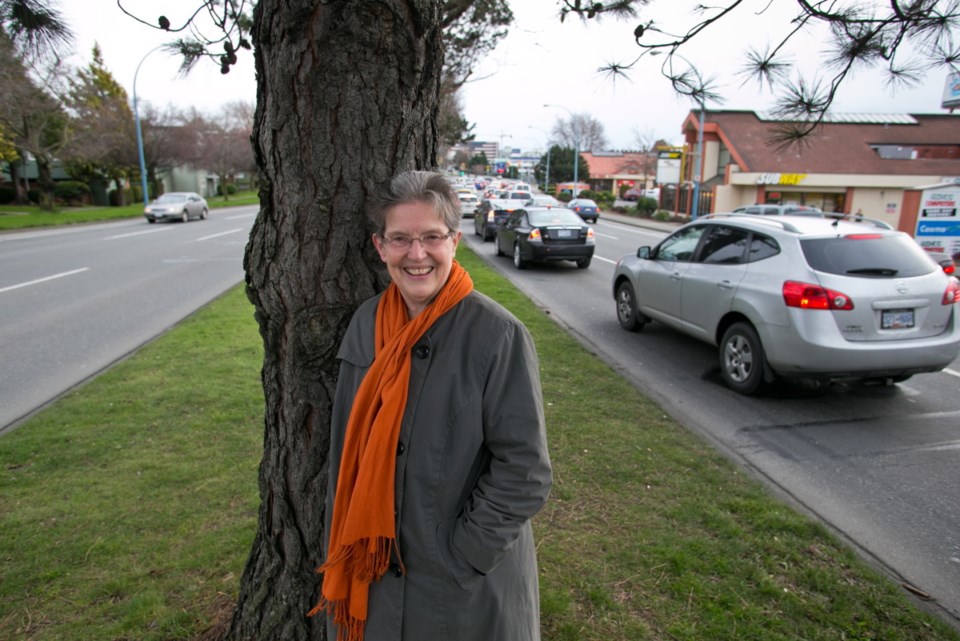The capital region is no exception to the global trend toward urbanization, meaning more compromise from residents leading ever more diverse ways of life, says a nationally recognized authority on urban studies.
Patterns of urban development are different than they used to be and more complicated — including everything from condo towers in downtown Victoria aimed at outside investors to aging populations in suburban homes dependent on car travel, said Caroline Andrew, director of the Centre on Governance at the University of Ottawa.
“Urban areas are changing and it’s hard for people to deal with change,” said Andrew, who will deliver a free public lecture at the University of Victoria today.
Change is even harder now that cities have become demarcated by enclaves of struggling, marginalized people and relatively insulated well-off areas. Many studies have shown that enclaves, whether low or high income, make the conversations required to accommodate urban development and leave green spaces green difficult to initiate.
Moreover, Andrew said, “one of the problems in the urban forms we have now is that most people live near people who are living in the same kind of form — the suburbanites live with suburbanites, urbanites with urbanites and rural people with rural people.”
Studies now show that people raised in suburbia want to set up their own lives in suburbs ever farther out, with few wanting to move downtown, she said. As far as amalgamation, it has its positives and negatives, she said.
Ottawa was forced into amalgamation in 2000 and some of the resultant tensions are still “very strong,” she said.
It’s a “huge question” whether the capital region would be a better community with 500,000 residents rather than roughly 360,000, but it’s extraordinarily difficult to prevent people from moving where they want to move, she said.
Even totalitarian states have had little success in curbing urban growth, she said.
From what she can tell, Victoria is meeting the challenges that urban areas everywhere face, in part due to “a quite unique planning system” that depends a lot on alignment of parallel processes at city and regional levels.
She is struck by how story-telling is an important way of conveying local history dating back to aboriginal settlements.
“If people and communities don’t have a sense of what they were, what they are, it’s very difficult to think about what you would like to be.”
Caroline Andrew will deliver a free public lecture called Creating a Welcoming, Diverse and Sustainable Community today at 7 p.m. at David Lam Auditorium, A144 MacLaurin Building, at the University of Victoria.



